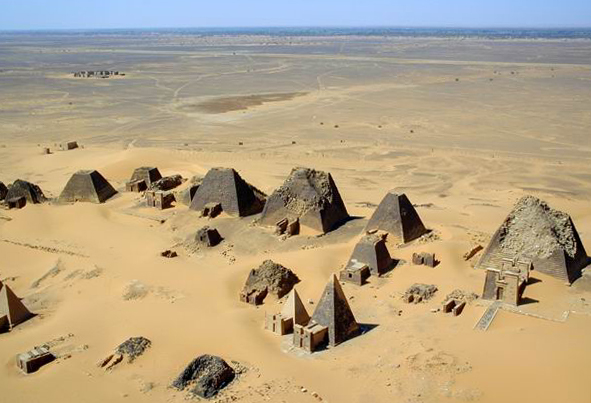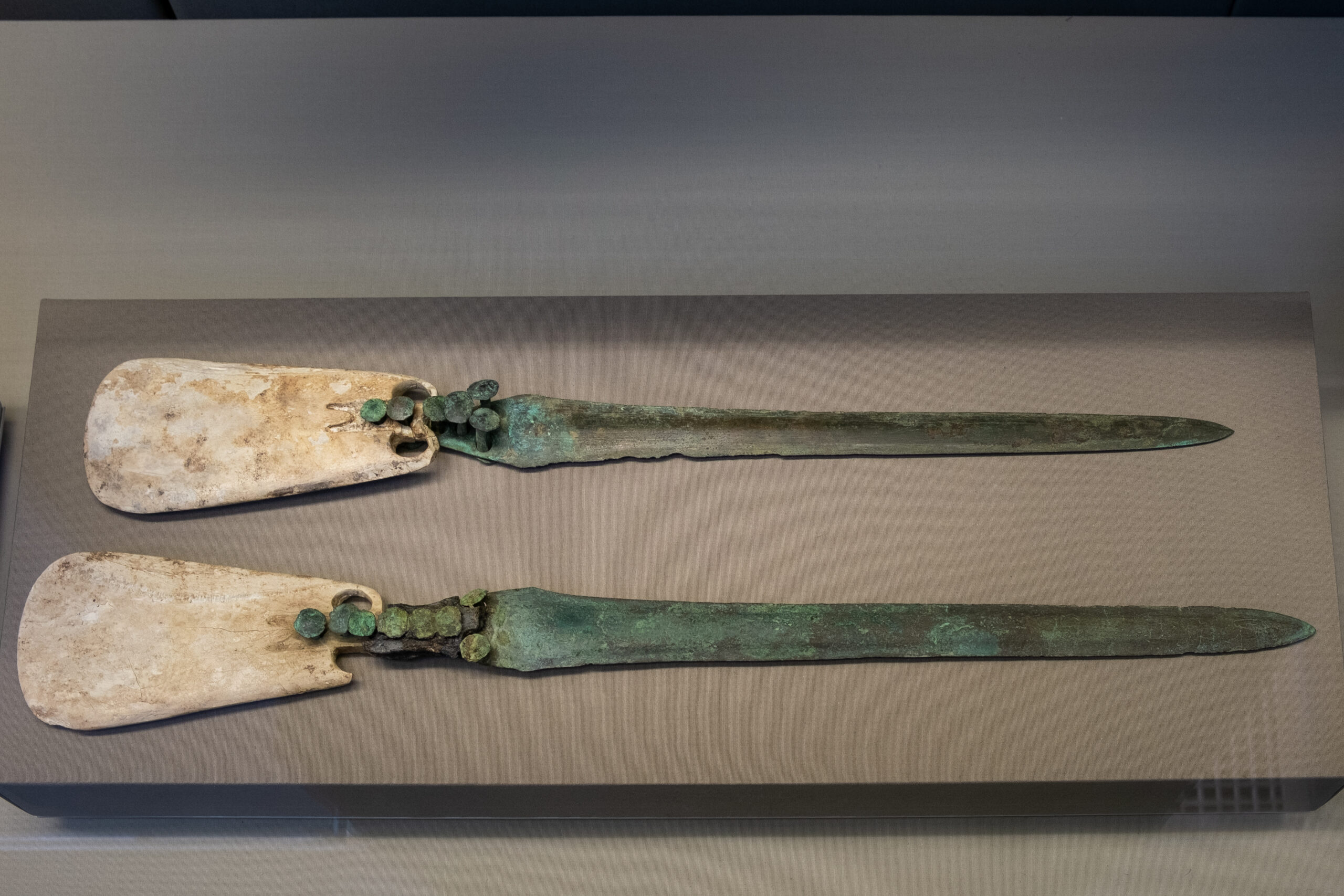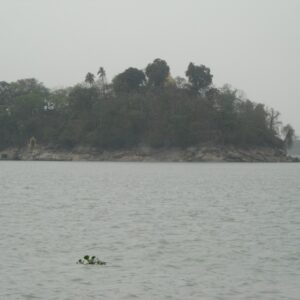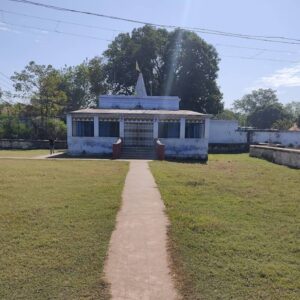Nubia is a region along the Nile river encompassing the confluence of the Blue and White Niles (in Khartoum in central Sudan), and the area between the first cataract of the Nile (south of Aswan in southern Egypt) or more strictly, Al Dabbah. It was the seat of one of the earliest civilizations of ancient Africa, the Kerma culture, which lasted from around 2500 BC until its conquest by the New Kingdom of Egypt under Pharaoh Thutmose I around 1500 BC, whose heirs ruled most of Nubia for the next 400 years. Nubia was home to several empires, most prominently the Kingdom of Kush, which conquered Egypt in the eighth century BC during the reign of Piye and ruled the country as its 25th Dynasty (to be replaced a century later by the native Egyptian 26th Dynasty).
From the 3rd century BC to 3rd century AD, northern Nubia was invaded and annexed to Egypt, ruled by the Greeks and Romans. This territory was known in the Greco-Roman world as Dodekaschoinos.
Kush’s collapse in the fourth century AD was preceded by an invasion from the Ethiopian Kingdom of Aksum and the rise of three Christian kingdoms: Nobatia, Makuria and Alodia. Makuria and Alodia lasted for roughly a millennium. Their eventual decline started not only the partition of Nubia, which was split into the northern half conquered by the Ottomans and the southern half by the Sennar sultanate, in the sixteenth century, but also a rapid Islamization and partial Arabization of the Nubian people. Nubia was reunited with the Khedivate of Egypt in the nineteenth century. Today, the region of Nubia is split between Egypt and Sudan.
The primarily archaeological science dealing with ancient Nubia is called Nubiology.
History
Prehistory (before 6000–3500 BC)
Archaeological evidence attests to long histories of fishing-hunting-gathering, and later herding, throughout the Nile Valley.
Affad 23 is an archaeological site located in the Affad region of southern Dongola Reach in northern Sudan, which hosts “the well-preserved remains of prehistoric camps (relics of the oldest open-air hut in the world) and diverse hunting and gathering loci some 50,000 years old”.
In southern Nubia (near modern Khartoum) from the ninth to the sixth millennia cal BC, Khartoum Mesolithic fisher-hunter-gatherers produced sophisticated pottery.
By 5000 BC, the people who inhabited what is now called Nubia participated in the Neolithic Revolution. The Sahara became drier and people began to domesticate sheep, goats, and cattle. Saharan rock reliefs depict scenes that have been thought to suggest the presence of a cattle cult, typical of those seen throughout parts of Eastern Africa and the Nile Valley even to this day. Nubian rock art depicts hunters using bows and arrows in the neolithic period, which is a precursor to Nubian archer culture in later times.
Megaliths discovered at Nabta Playa are early examples of what seems to be one of the world’s first astronomical devices, predating Stonehenge by almost 2,000 years. This complexity as expressed by different levels of authority within the society there likely formed the basis for the structure of both the Neolithic society at Nabta and the Old Kingdom of Egypt.


















Reviews
There are no reviews yet